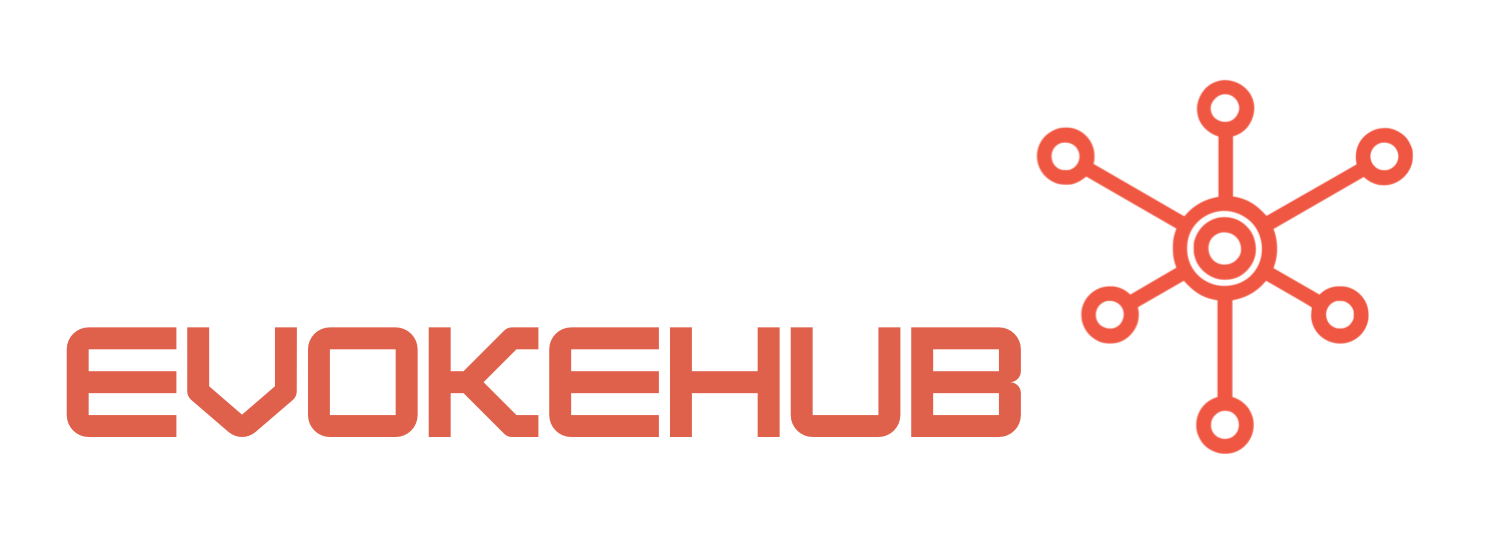Understanding Azure Managed Identity for Secure Access
Azure Managed Identity is a feature that allows Azure services to authenticate to each other without the need for manual credential management. There are two types of Managed Identities: System-assigned and User-assigned. System-assigned identities are tied directly to an Azure resource and get deleted when the resource is deleted, while User-assigned identities are independent and can be shared across multiple resources. This flexibility enhances security by minimizing the surface area for potential attacks.
One of the key benefits of using Managed Identity is that it automates the generation and management of authentication tokens. When a service needs to access another Azure resource, it uses its Managed Identity to obtain a token from Azure Active Directory (Azure AD). This token is then used to authenticate to the resource, ensuring that only authorized services can access sensitive data. By eliminating the need for credentials stored in code or configuration files, the risk of exposure is significantly reduced.
Furthermore, Azure Managed Identity seamlessly integrates with other Azure services, including Azure Key Vault and Azure Storage. This integration not only streamlines access to these resources but also strengthens security by utilizing Azure AD’s robust identity management capabilities. With Managed Identities, organizations can implement least privilege access, limiting permissions to only what is necessary for a service to function, thereby enhancing overall security posture.
Integrating Key Vault and Storage for Enhanced Security
The integration of Azure Managed Identity with Azure Key Vault and Azure Storage represents a strategic approach toward securing sensitive information. Azure Key Vault is designed to safeguard cryptographic keys and secrets, providing a secure storage solution for sensitive data. By using Managed Identity, applications can securely access Key Vault without needing to manage secrets or connection strings, thereby simplifying the security model and reducing the risk of leakage.
In practical terms, a service that requires access to secrets stored in Key Vault simply uses its Managed Identity to request a token from Azure AD. With this token, the service can retrieve secrets such as API keys, database connection strings, or encryption keys directly from Key Vault. This process not only enhances security by eliminating hard-coded secrets but also enables centralized management and auditing of access to sensitive information. Organizations can configure access policies in Key Vault to ensure that only specific Managed Identities are permitted to retrieve certain secrets.
When it comes to Azure Storage, Managed Identity offers a similar level of security. Applications can use their Managed Identity to authenticate and access Azure Blob Storage, Table Storage, or Queue Storage without needing to store any credential information. This integration allows for secure data handling and storage practices, ensuring that only authorized applications can read, write, or modify data. By combining Managed Identity with Key Vault and Azure Storage, organizations can create a comprehensive security framework that adheres to industry best practices while maintaining ease of use.
In conclusion, the seamless integration of Azure Managed Identity with Azure Key Vault and Azure Storage provides a robust solution for organizations looking to enhance their security posture in the cloud. By minimizing the need for manual credential management and adopting a more secure approach to identity management, organizations can protect sensitive data and streamline access to essential resources. As cloud adoption continues to grow, leveraging technologies like Managed Identity will play a critical role in achieving secure and efficient cloud operations. For further reading on Azure Managed Identity, consult the official documentation and explore additional resources on Azure Key Vault and Azure Storage.




